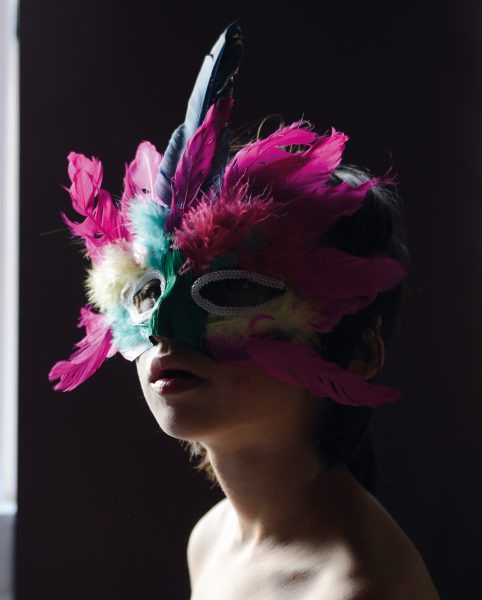The napalm girl
What happened after the shutter clicked?
She has a name. It’s Phan Thi Kim Phuc. But to many who have ever seen this iconic and historic image, she is simply known as The Napalm Girl.
The Pulitzer Prize winning photograph captured by Associated Press photographer Huýnh Công Út—better known as Nick Ut—was taken during the Vietnam War on June 8, 1972, in the village of Trang Bang, north of Saigon.
What many people don’t know about the image is that it almost never came to light, because Kim Phuc was naked and it was AP policy not to show nudity. But after Ut explained to the editors that her clothes were burned off her body by a napalm attack, they relented, and the photo was transmitted worldwide.
The war was already an unpopular one in the United States, with protests occurring daily. Images like this and Eddie Adams’ Pulitzer Prize winning shot of an alleged North Vietnamese informant being executed in the streets of Saigon were now appearing on the front pages of newspapers at breakfast tables around the world. Many people attribute these two images to turning the tide of resentment against the war and accelerating its end—though US President Richard Nixon initially doubted the authenticity of Ut’s image, suggesting it had been “fixed”.
Immediately after Ut captured this moment, he put down his cameras and attended to Kim Phuc, her brother (seen to the left of the frame crying), and others who were injured during the attack. They poured water over her badly burned body and drove them to a nearby hospital.
Ut says that during that ride to the hospital he remembers her turning to her brother in the van and saying, “Brother, I think I am going to die!”
“I kept telling the driver to go faster,” says Ut. “When we arrived, there were so many wounded soldiers and people that they said, ‘We cannot help her.’ I showed them my media pass and said, ‘If these kids die, you’ll be in trouble tomorrow!’ It was not until then that they took them inside.”
After more than a year in hospital and 17 surgical procedures, Kim Phuc was finally able to return home. Ut visited her several times during that period, once sustaining serious injury after stepping on an ordinance that exploded as he walked onto her property.
In 1986, Kim Phuc left Vietnam, got married, and was granted asylum in Canada where she became a citizen and bore two children. In 1997 she established the Kim Phuc Foundation which offers assistance to child victims of war and continues to be a champion for that cause to this day. Ut remains in regular contact with her. “We are family now,” says Ut. “She calls me Uncle Nicky.”
When asked what he would like people to take away from the picture he says, “They say that a picture is worth a thousand words. But a single photograph can also change history, bringing an individual connection and humanising war.”












